How to Choose a Pear Cut Diamond
Pear cut diamonds (also known as tear drop diamonds) are known for their unique and elongated shape. Its distinctive shape symbolises tears of joy or raindrops, making them great for all sorts of diamond jewellery, from engagement rings to pendants and earrings.
Finding a perfectly cut pear diamond can be difficult as gemmological laboratories do not assign cut grades for fancy-shaped diamonds. It’s important that you carefully examine the diamond so that you get a stone that’s not only well-cut, but also has plenty of sparkle.
We’ve put together a guide to help you find the perfect pear cut diamond.
Are Pear Cut Diamonds Expensive Than Other Diamond Shapes?
Compared to other diamond shapes, pear diamonds cost between 10 to 30% less than round cut diamonds. Since there is less demand for pear cut diamonds, it means that you can get a beautiful pear cut engagement ring when it comes to asking that all-important question.
How Many Facets are in a Pear Cut Diamond?
Pear cut diamonds have 58 facets, which is the same as many other diamond cuts, such as round, cushion, heart, emerald and marquise. When it comes to the number of facets within the pavilion, this can range from four to eight facets, depending on how the diamond is cut.
Symmetry is Key
With pear cut diamonds, symmetry is key for this diamond shape. To find out if a pear diamond is symmetrical, draw an imaginary line down the entire stone and examine both sides. If each side of the diamond mirrors each other, the better the symmetry is. If the symmetry is off or is asymmetrical with an engagement ring, then skip on it until you find a perfectly cut one.
Look out for the Bowtie Effect
What do pear cut, oval cut and marquise cut diamonds have in common with one another? They have a bowtie effect within the diamond. With a pear-shaped diamond, the bowtie pattern typically runs across the stone’s width to the centre of the table.
A well-cut pear diamond should have little-to-no bowtie compared to a poorly cut one. You should avoid any stones that have large, dark bowties as you want to make sure that the diamond you buy has some sparkle to it.
The amount of bowtie that’s acceptable for you is entirely down to personal preference. However, you should check the pear cut diamond carefully to ensure it fits the piece of jewellery that you’re buying.
Prong and Bezel are the Best Settings for a Pear Cut Diamond
Once you’ve found a pear cut diamond that you’re happy with, you’ll need to find a setting that will complement your stone.
It’s important that the setting you buy your piece of pear-shaped jewellery is secure and protects it from getting damaged or chipped, particularly with the pointed tip. The two best settings for this diamond shape are prong and bezel.
Prong is a popular setting for a pear-shaped diamond as the prongs hold the diamond securely without covering too much of the stone, with another prong positioned on the tip. With a bezel setting, it provides plenty of safety for the stone as the diamond is encircled with a metal outer ring. However, a bezel setting doesn’t give the same sparkle you would get with a prong setting.
Surprise Someone You Love with a Piece of Pear Cut Diamond Jewellery from Shining Diamonds
When it comes to fancy-shaped diamonds, pear cut diamonds are by far the most elegant, compared to oval and marquise cut. We hope this article has made it easier for you to pick the perfect pear-shaped diamond to complement your ring, pendant or pair of earrings.
Asking that all-important question soon or wanting to treat yourself? Let our experts help you find an exquisite piece of pear cut diamond jewellery that they’ll love. Book an appointment at our Hatton Garden or Brighton showroom today and we’ll ensure you have a perfect piece of pear cut jewellery you’ll wear for both every day and special occasions.

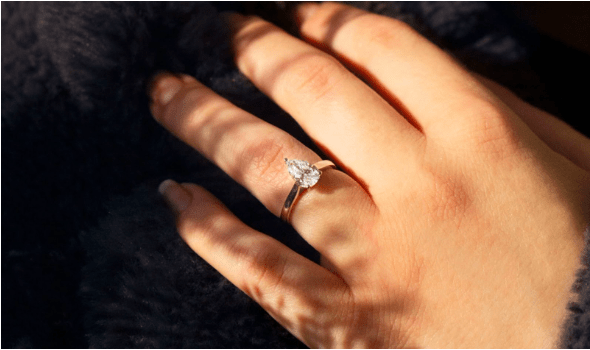
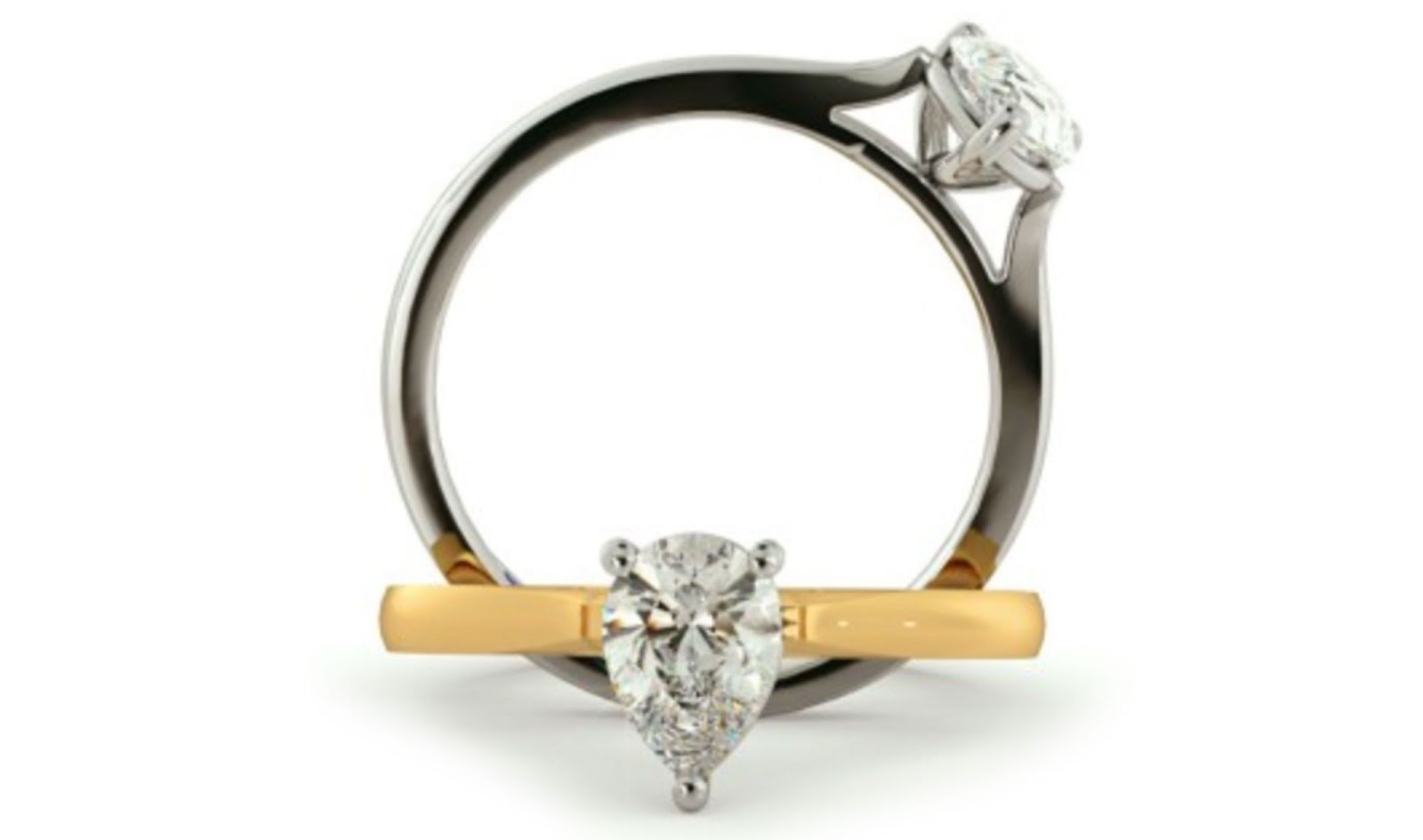
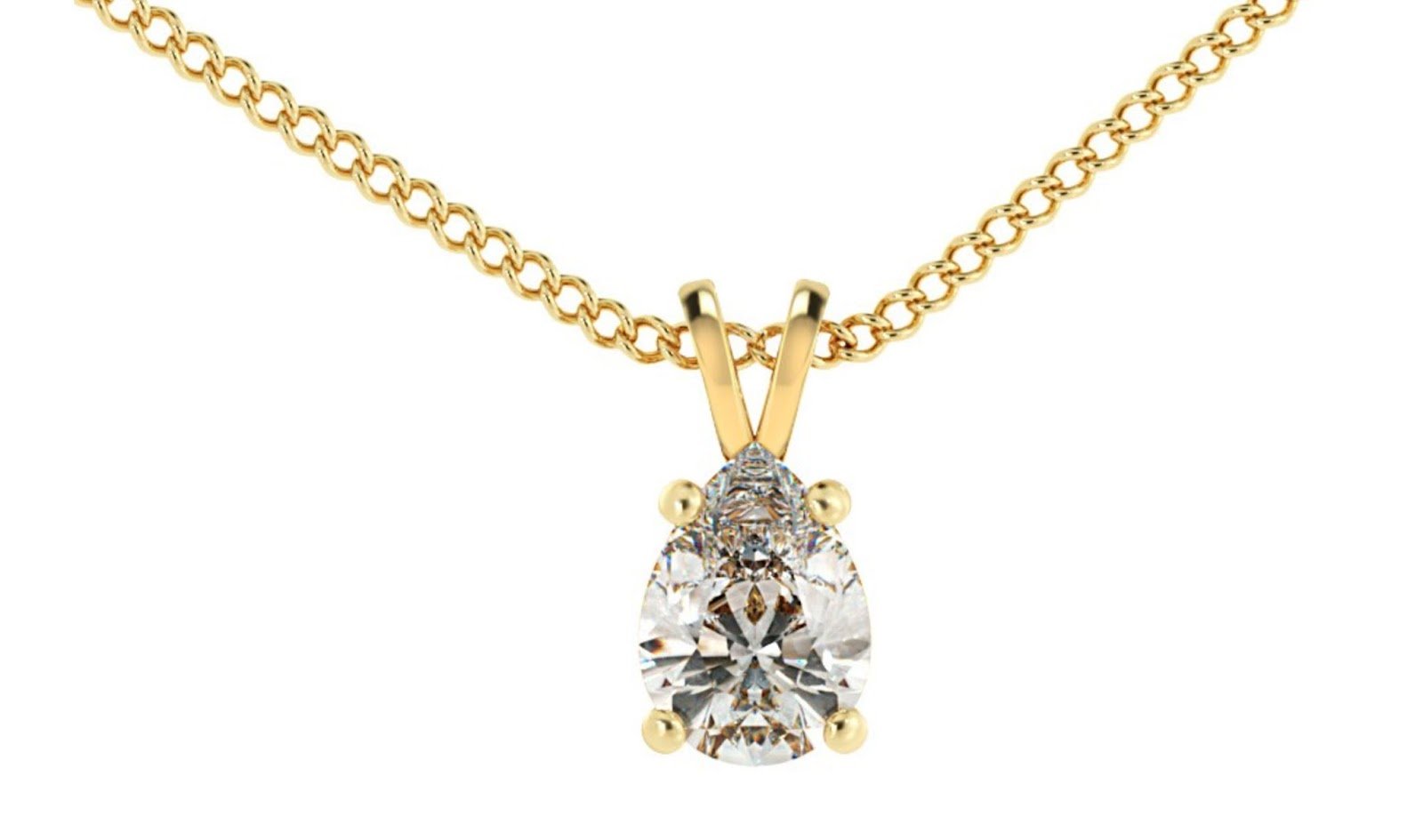
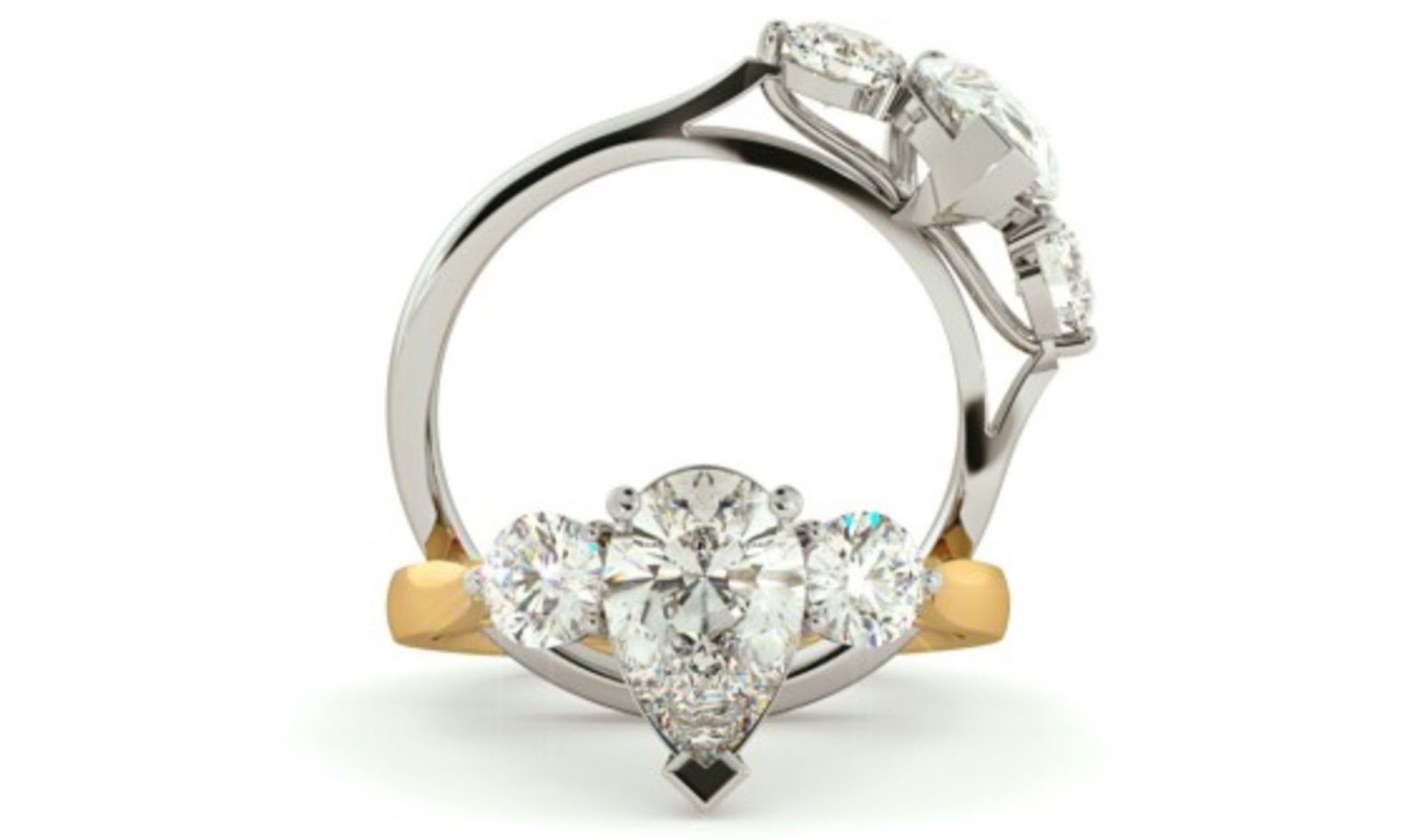
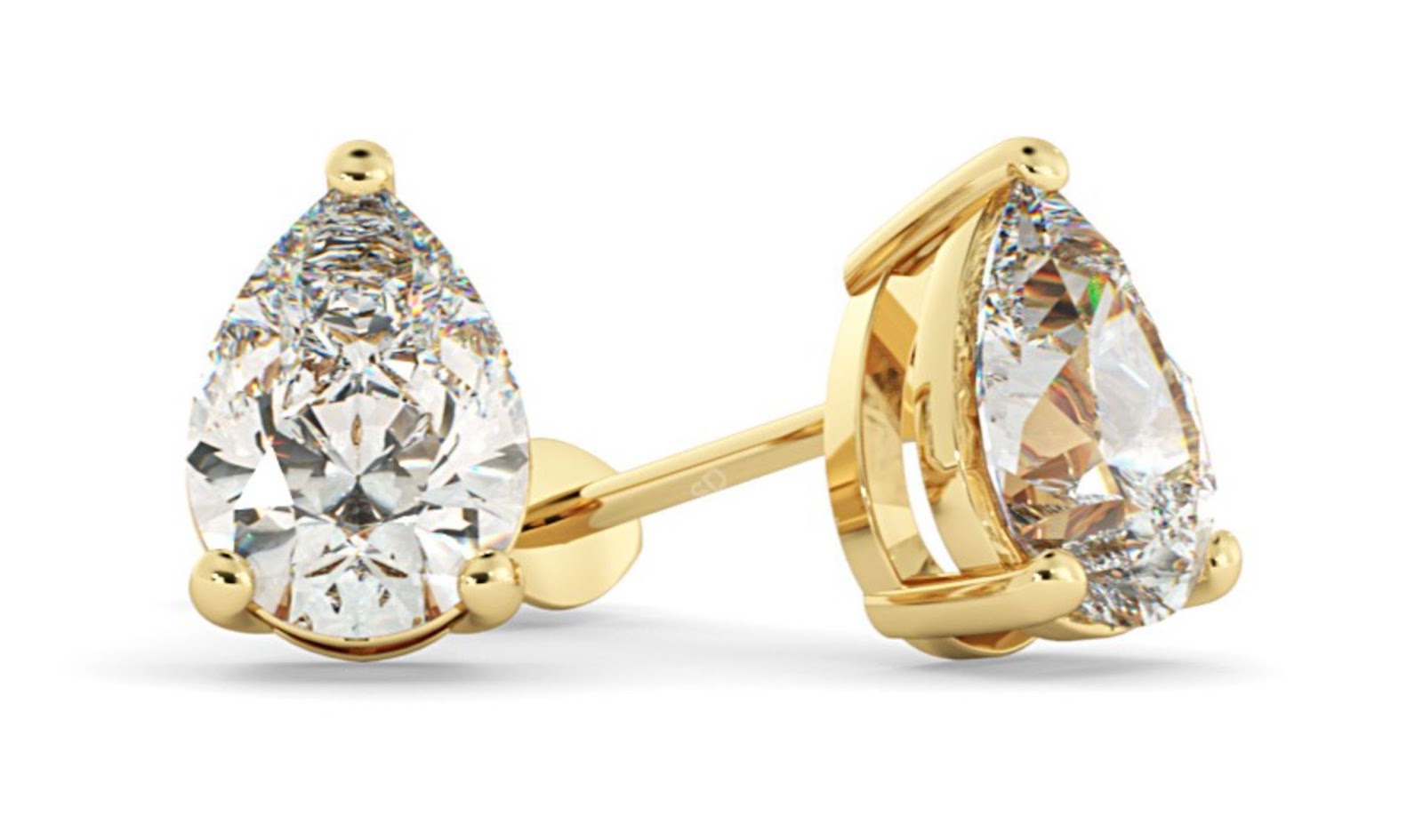
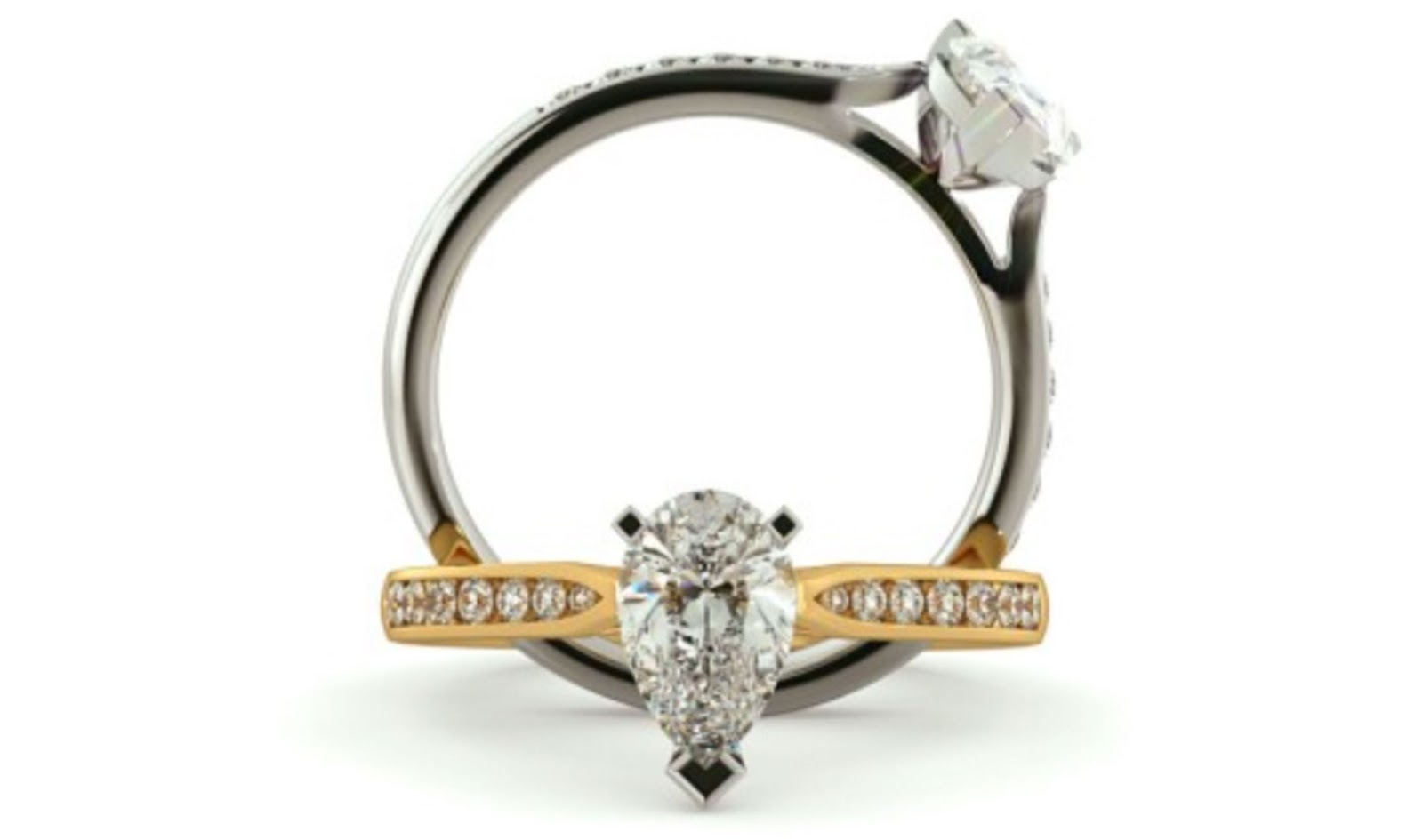

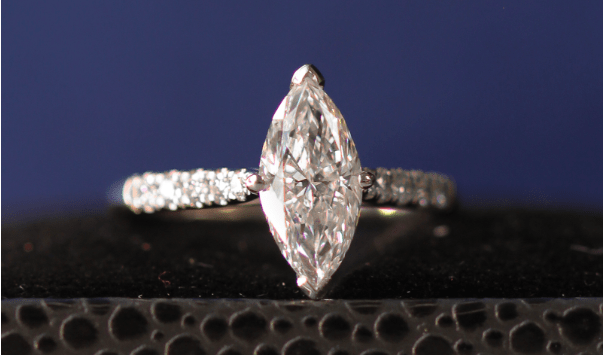 Top Tips for Choosing the Perfect Marquise Cut Diamond
Top Tips for Choosing the Perfect Marquise Cut Diamond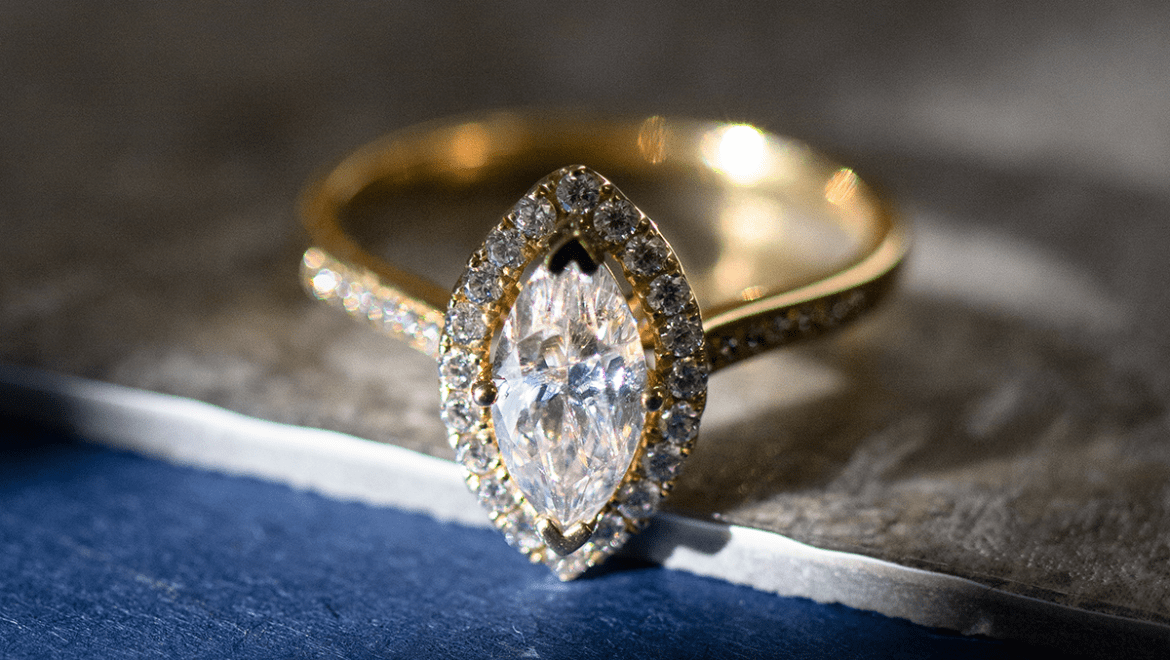 Ultimate guide to marquise cut engagement rings
Ultimate guide to marquise cut engagement rings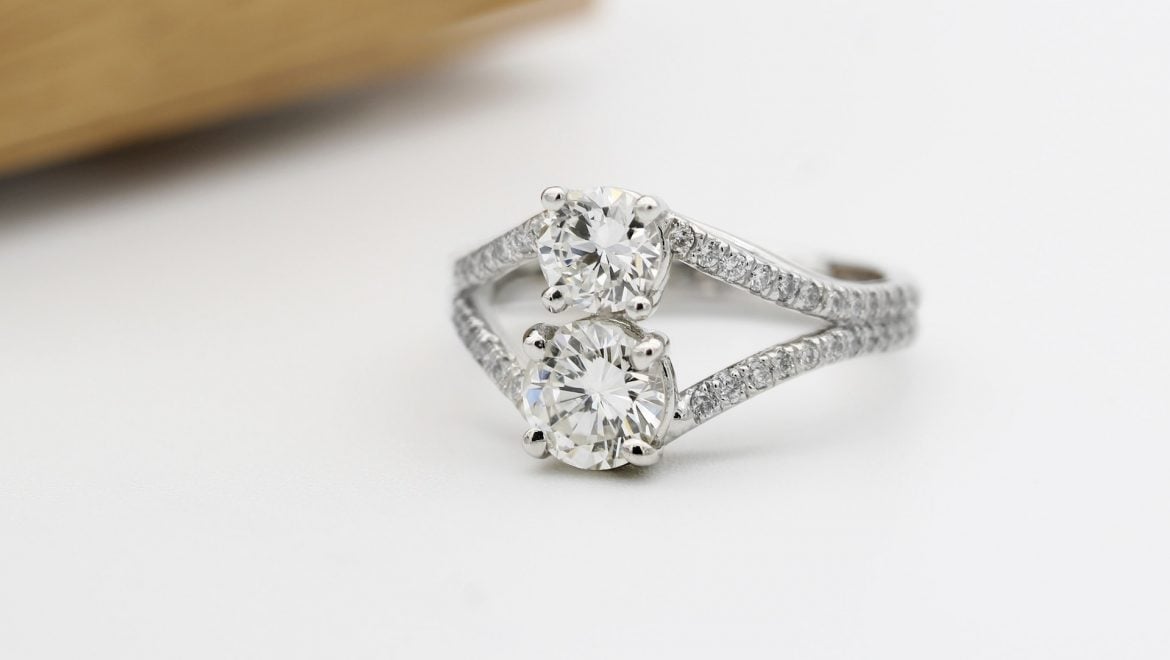 What is cubic zirconia?
What is cubic zirconia?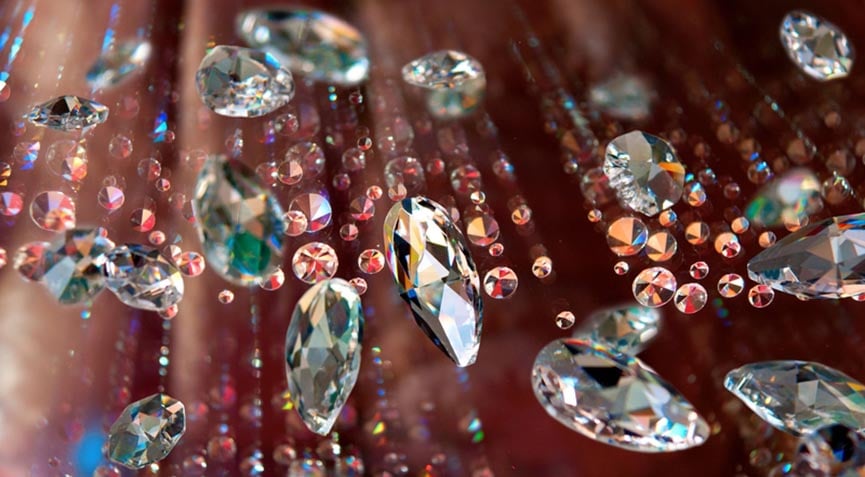 Fire, Brilliance, & What it Really Means to Be a ‘Cut’ Above the Rest
Fire, Brilliance, & What it Really Means to Be a ‘Cut’ Above the Rest